Optimal Times for Brush Clearing
Brush clearing is a vital activity for maintaining land health, reducing fire hazards, and promoting healthy growth of desired vegetation. Timing plays a crucial role in the effectiveness of these efforts, impacting both the safety and ecological benefits.
Spring is often ideal for brush clearing as it precedes the growing season, allowing for better control of new growth and reducing fire risks during dry months.
This period provides an opportunity to manage overgrowth after the peak of the growing season, when plants are less vigorous and easier to remove.
Timing after drought conditions can be beneficial, as weakened or dead brush is easier to clear and reduces fire hazards.
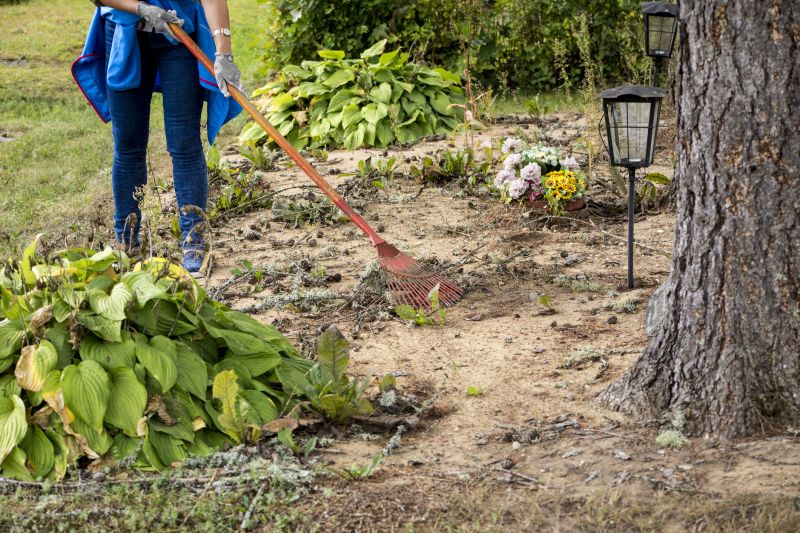
Early season clearing helps prevent overgrowth and reduces fire risk.
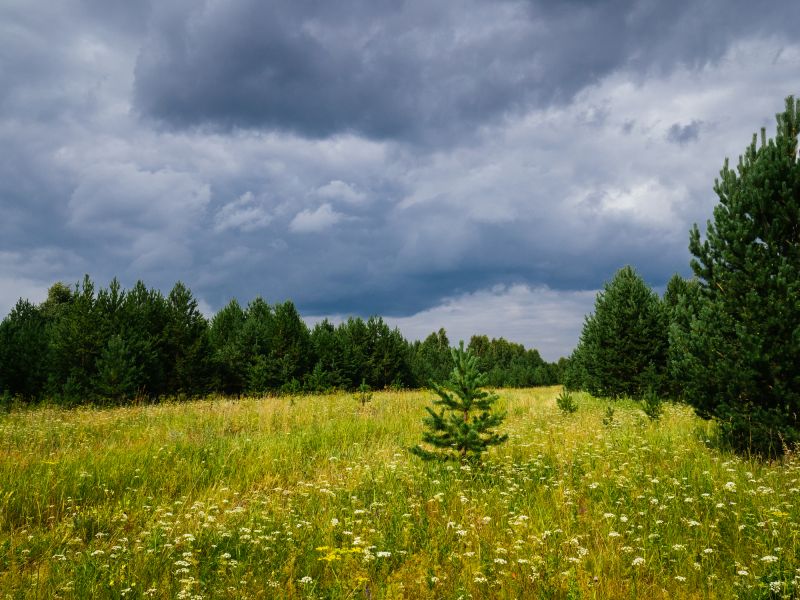
Managing brush after peak growth supports land health.
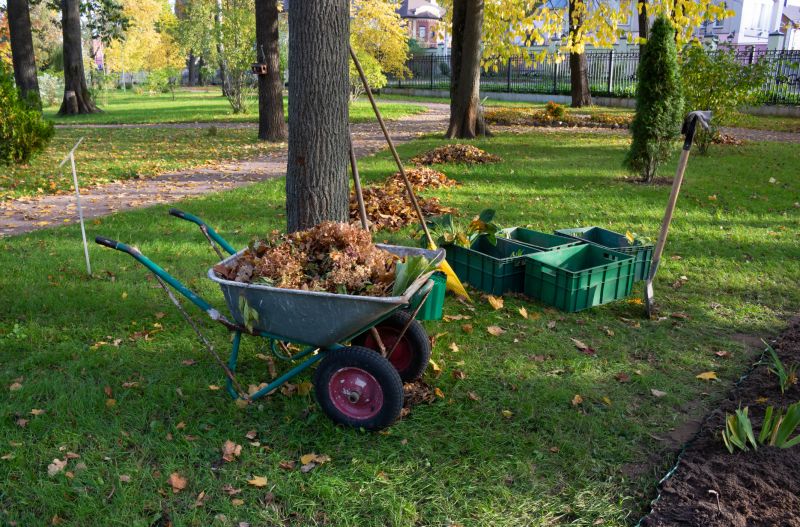
Clearing after the growing season prepares land for winter.
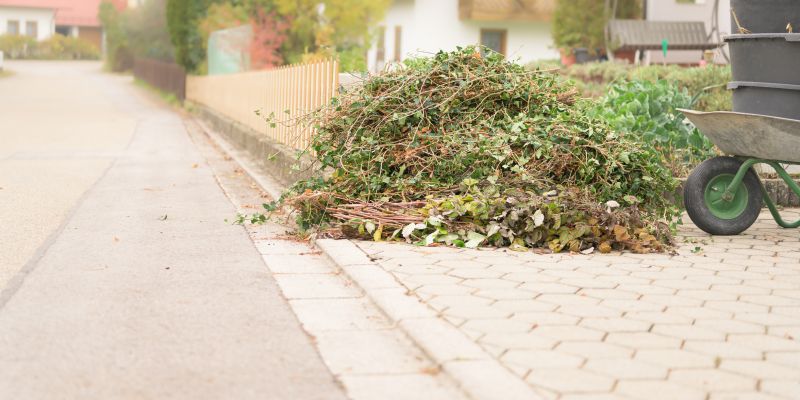
Ways to make Brush Clearings work in tight or awkward layouts.
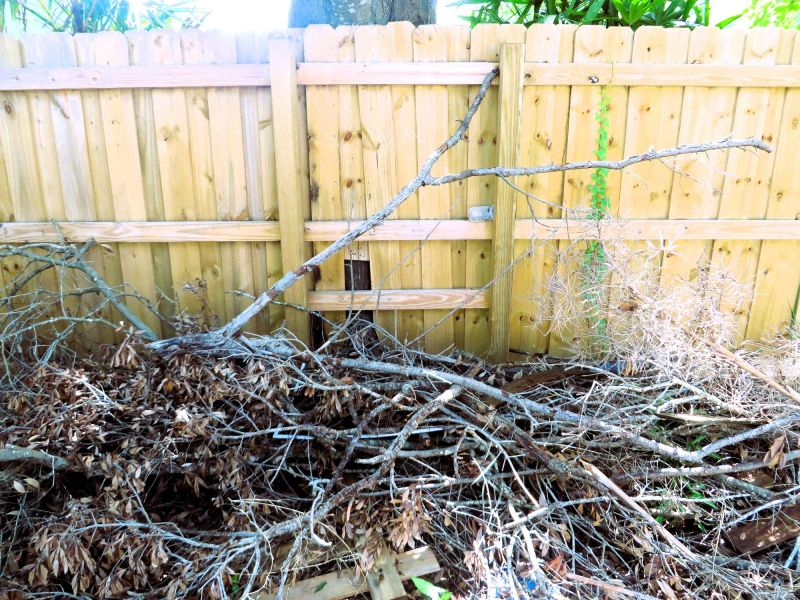
Popular materials for Brush Clearings and why they hold up over time.
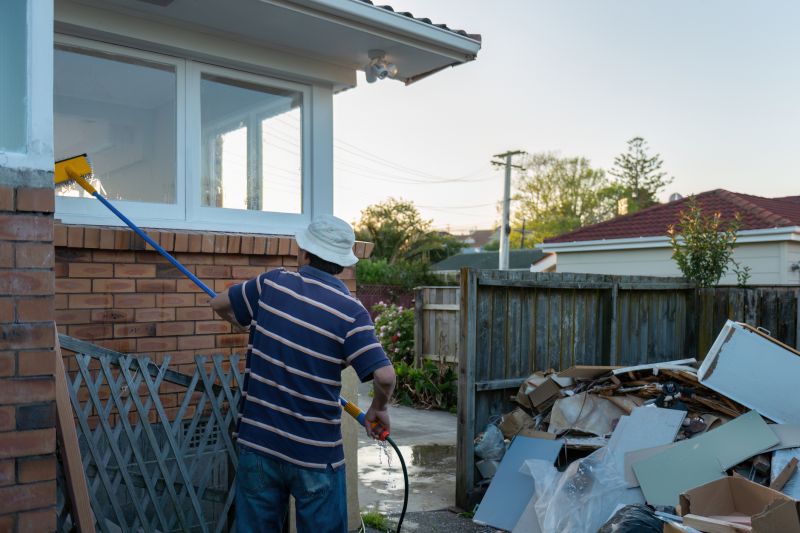
Simple add-ons that improve Brush Clearings without blowing the budget.
Proper timing of brush clearing can improve land management outcomes, support fire safety, and enhance the growth of desirable plants. Each season offers unique advantages, and selecting the optimal period depends on local climate conditions and land use goals.

Removing dead brush after drought reduces fire risk.
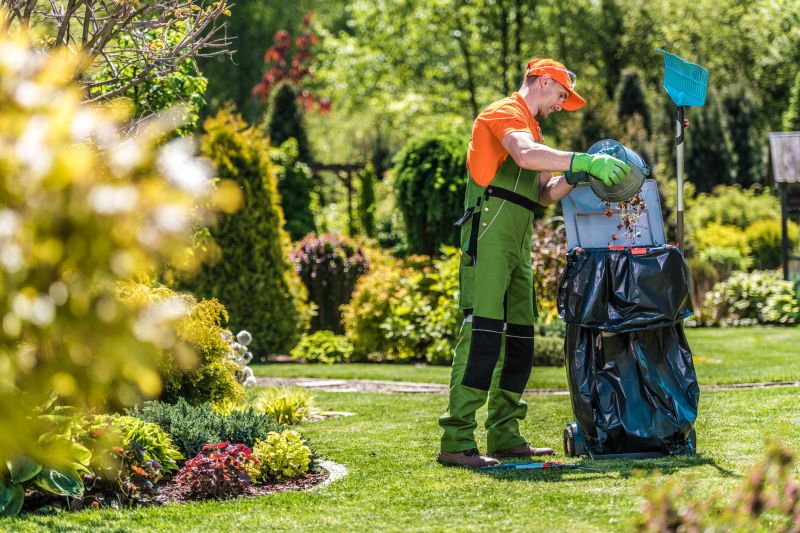
Prepares land for the growing season.
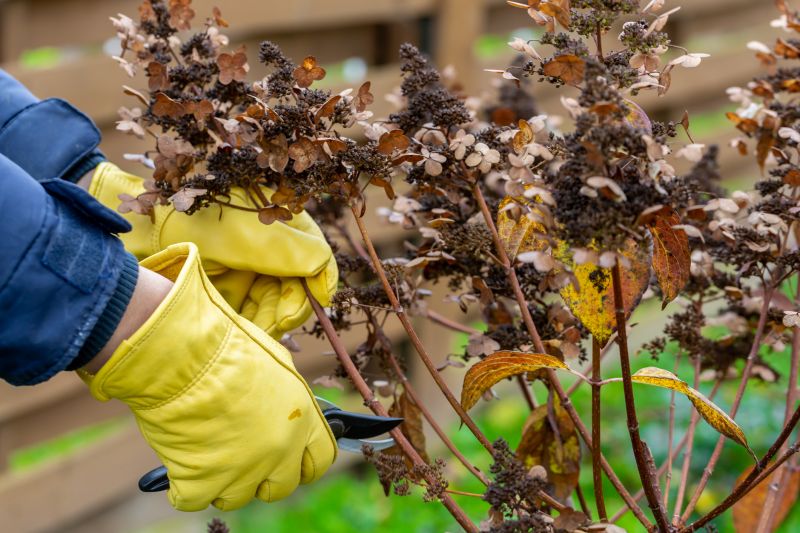
Controls overgrowth and promotes healthy growth.

Clearing helps prevent winter hazards.

High-end options that actually feel worth it for Brush Clearings.
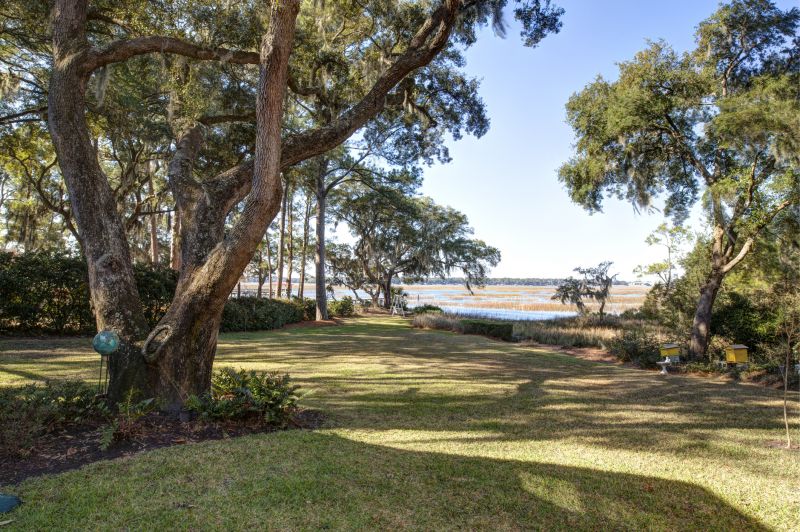
Finishes and colors that play nicely with Brush Clearings.
| Season | Best Activities |
|---|---|
| Spring | Prevents overgrowth, reduces fire risk, promotes healthy plant growth. |
| Summer | Manages overgrowth, supports land health, controls invasive species. |
| Fall | Prepares land for winter, removes dead brush, reduces fire hazards. |
| Post-Drought | Removes weakened or dead brush, decreases fire risk. |
| Early Winter | Optional for final cleanup before dormancy. |
Selecting the appropriate time for brush clearing depends on local climate, land conditions, and specific land management goals. Timing strategies can enhance safety, improve land quality, and support desired vegetation growth.
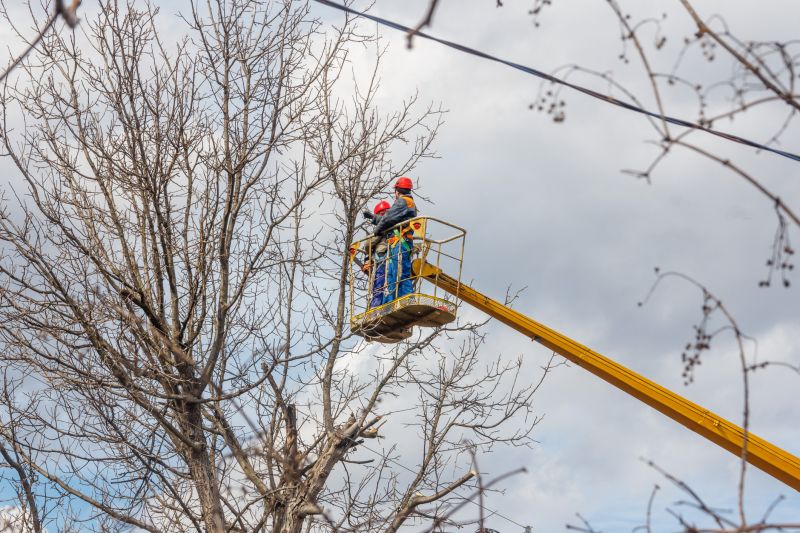
Supports early growth and fire safety.

Supports healthy land development.
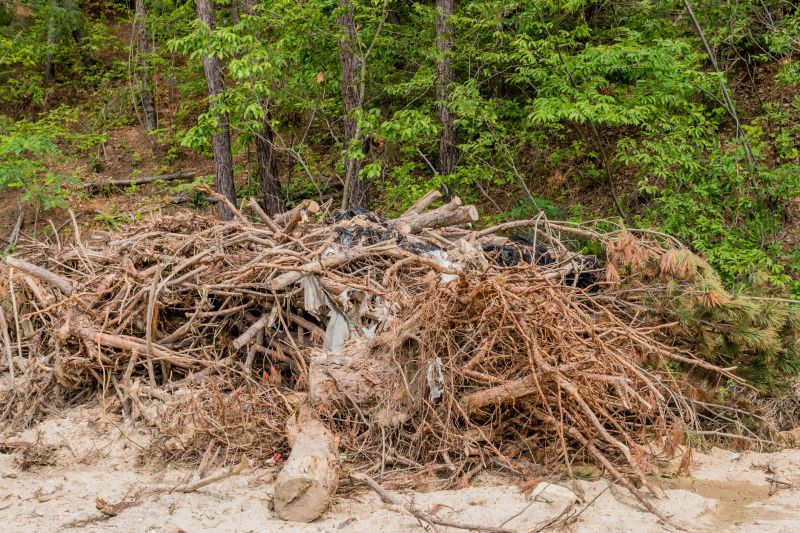
Prepares land for winter dormancy.
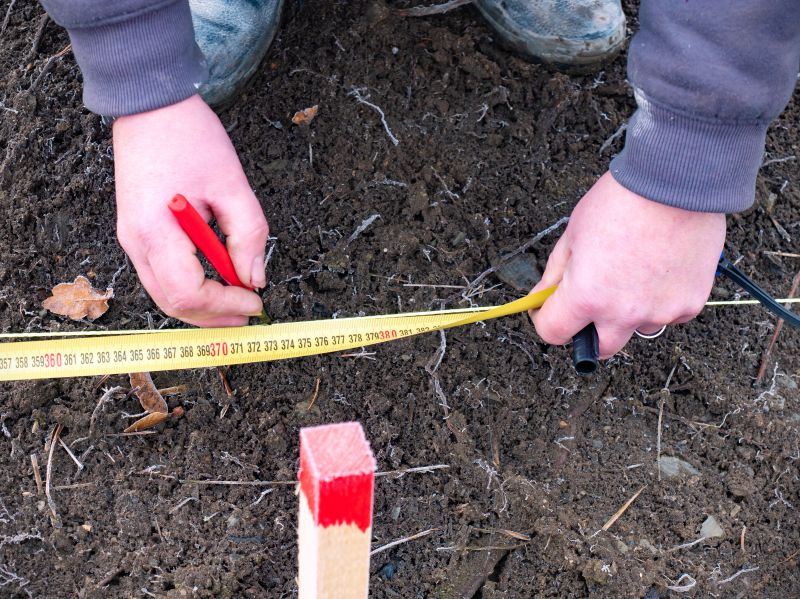
Little measurements that prevent headaches on Brush Clearings day.

A 60-second routine that keeps Brush Clearings looking new.
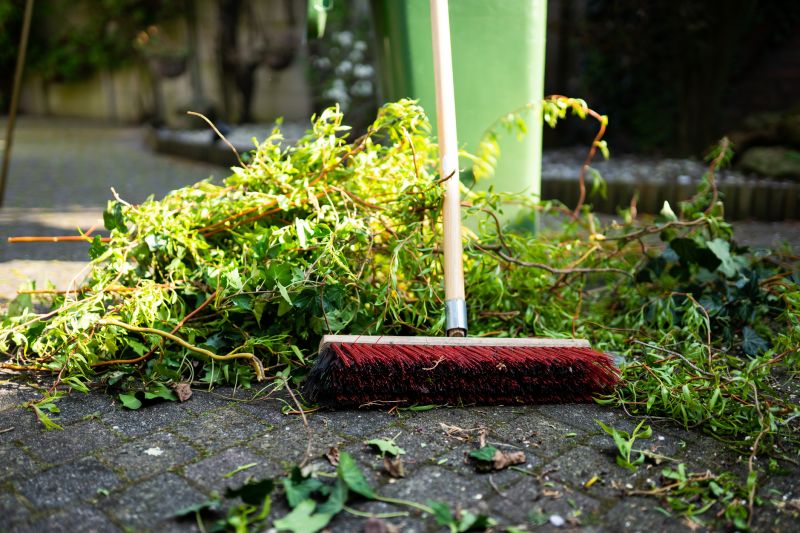
A frequent mistake in Brush Clearings and how to dodge it.
Timely brush clearing enhances land management efforts by reducing fire hazards, controlling invasive species, and supporting ecological balance. Understanding seasonal advantages can guide effective planning and execution.
Interested in scheduling a brush clearing? Filling out the contact form can provide more information and help determine the best timing for specific land needs.



